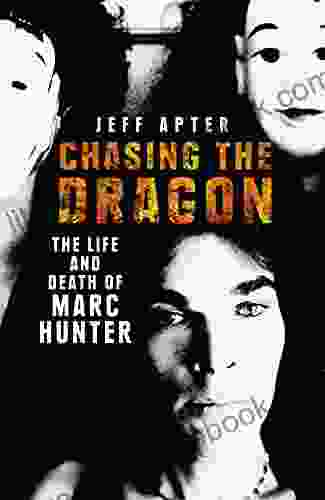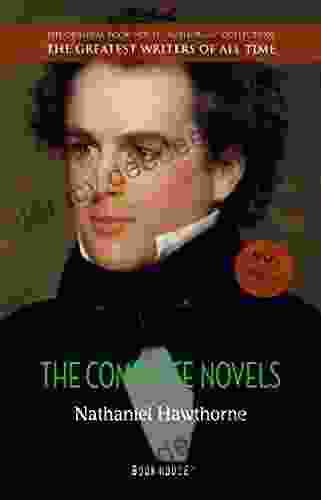Handbook for Blending Technology in Schools: A Comprehensive Guide to Transforming Education

In the rapidly evolving digital landscape, technology has become an indispensable tool in education. Schools are embracing blended learning models that seamlessly integrate technology into the classroom, transforming the way students learn and teachers teach. This handbook provides a comprehensive guide to implementing blended technology in schools, empowering educators with the knowledge and strategies to create engaging and effective learning experiences.
Chapter 1: Understanding Blended Learning
Definition and Benefits
Blended learning is a hybrid approach to education that combines traditional face-to-face instruction with online learning components. It leverages technology to enhance student engagement, personalization, and flexibility. By blending online and offline elements, blended learning offers several advantages:
4.4 out of 5
| Language | : | English |
| File size | : | 8256 KB |
| Text-to-Speech | : | Enabled |
| Screen Reader | : | Supported |
| Enhanced typesetting | : | Enabled |
| Word Wise | : | Enabled |
| Print length | : | 325 pages |
| Lending | : | Enabled |
- Increased student engagement: Technology can capture student attention and make learning more interactive and enjoyable.
- Personalized learning: Online platforms allow students to progress at their own pace and focus on areas that need improvement.
- Flexibility: Blended learning provides flexibility in time and space, allowing students to learn from anywhere, anytime.
- Improved student outcomes: Studies have shown that blended learning can lead to improved student achievement and retention rates.
Types of Blended Learning Models
There is a wide range of blended learning models, each with its own unique advantages and disadvantages. Some common models include:
- Station Rotation: Students rotate between different stations, each focusing on a different learning activity. Technology may be used at one or more stations.
- Flipped Classroom: Students complete lectures and assignments online outside of class, freeing up in-class time for hands-on activities and discussion.
- Online Learning with Face-to-Face Support: Students take most of their courses online but have regular in-person meetings with a teacher or tutor.
Chapter 2: Implementing Blended Technology
Planning and Infrastructure
Successfully implementing blended technology requires careful planning and infrastructure. Key considerations include:
- Technology Infrastructure: Ensuring reliable and high-speed internet access, as well as sufficient devices for both teachers and students.
- Curriculum Design: Aligning the curriculum with the chosen blended learning model and utilizing technology to enhance instruction.
- Teacher Training: Providing teachers with training on blended learning techniques and the use of educational technology.
Selecting and Using Educational Technology
There is a vast array of educational technology available to support blended learning, including:
- Learning Management Systems (LMS): Cloud-based platforms that provide a central hub for distributing course materials, collecting assignments, and tracking student progress.
- Interactive Whiteboards: Touchscreen displays that allow for interactive presentations, note-taking, and collaboration.
- Educational Games and Simulations: Digital games and simulations that engage students and reinforce learning concepts.
Assessment in Blended Learning
Assessment plays a critical role in blended learning, providing both formative and summative feedback. Effective assessment strategies include:
- Formative Assessment: Frequent quizzes, polls, and discussions that provide teachers with real-time information about student understanding.
- Summative Assessment: Projects, essays, and exams that evaluate student learning at the end of a learning unit or course.
Chapter 3: Engaging Students in Blended Learning
Student Motivation and Engagement
Motivated and engaged students are essential for the success of any learning environment. Blended learning can increase student engagement by:
- Personalized Learning: Allowing students to choose activities that interest them and work at their own pace.
- Interactive Content: Using digital simulations, games, and videos to make learning more engaging and interactive.
- Peer Collaboration: Facilitating online discussion forums and group projects to encourage collaboration and knowledge sharing.
Digital Literacy and Fluency
In a blended learning environment, students need to be digitally literate and fluent. This includes:
- Basic Computer Skills: Proficiency in using a computer, the internet, and basic software applications.
- Online Communication Skills: Effective communication through email, discussion boards, and video conferencing.
- Critical Evaluation of Information: Ability to evaluate the credibility and reliability of online sources.
Chapter 4: Best Practices for Blended Learning
Facilitating Student Success
To ensure student success in blended learning environments, it is important to:
- Provide Clear Expectations: Clearly outline learning objectives, roles, and responsibilities for both students and teachers.
- Offer Ongoing Support: Provide students with multiple channels for accessing support, such as online forums, email, or in-person meetings.
- Foster a Positive Learning Environment: Create a supportive and collaborative learning community where students feel comfortable asking questions and seeking help.
Assessing Blended Learning Programs
Regular assessment is crucial for evaluating the effectiveness of blended learning programs. This includes:
- Monitoring Student Progress: Tracking student performance through online quizzes, assignments, and assessments.
- Collecting Feedback from Students and Teachers: Gathering qualitative feedback to identify areas for improvement.
- Evaluating Learning Outcomes: Comparing student outcomes in blended learning environments to those in traditional face-to-face or online learning programs.
Blended learning has the potential to transform education by enhancing student engagement, personalizing learning, and improving flexibility. By understanding the principles of blended learning, implementing appropriate technology, and engaging students effectively, schools can create vibrant and dynamic learning environments that prepare students for success in the 21st century.
This handbook has provided a comprehensive guide to implementing blended technology in schools, empowering educators with the knowledge, strategies, and best practices to create transformative learning experiences for their students. By embracing blended learning, we can unlock the full potential of technology in education and foster a generation of lifelong learners.
4.4 out of 5
| Language | : | English |
| File size | : | 8256 KB |
| Text-to-Speech | : | Enabled |
| Screen Reader | : | Supported |
| Enhanced typesetting | : | Enabled |
| Word Wise | : | Enabled |
| Print length | : | 325 pages |
| Lending | : | Enabled |
Do you want to contribute by writing guest posts on this blog?
Please contact us and send us a resume of previous articles that you have written.
 Novel
Novel Chapter
Chapter Text
Text Story
Story Genre
Genre Reader
Reader Library
Library Newspaper
Newspaper Paragraph
Paragraph Bookmark
Bookmark Shelf
Shelf Glossary
Glossary Synopsis
Synopsis Annotation
Annotation Footnote
Footnote Scroll
Scroll Classics
Classics Library card
Library card Narrative
Narrative Autobiography
Autobiography Memoir
Memoir Encyclopedia
Encyclopedia Thesaurus
Thesaurus Resolution
Resolution Librarian
Librarian Card Catalog
Card Catalog Archives
Archives Periodicals
Periodicals Study
Study Research
Research Lending
Lending Academic
Academic Journals
Journals Rare Books
Rare Books Literacy
Literacy Study Group
Study Group Dissertation
Dissertation Storytelling
Storytelling Awards
Awards Reading List
Reading List Dmytro Nizhebetskyi
Dmytro Nizhebetskyi R Crumb
R Crumb Noel Hynd
Noel Hynd Clive Hamilton
Clive Hamilton C J Whitcomb
C J Whitcomb Ovid
Ovid Kylie Message
Kylie Message Arthur Teles Leppaus
Arthur Teles Leppaus Karla Gracey
Karla Gracey Phil Bildner
Phil Bildner Keneshia N Grant
Keneshia N Grant Shane Dunphy
Shane Dunphy Aliyah Burke
Aliyah Burke Ruby Jean Jensen
Ruby Jean Jensen Patti Roberts
Patti Roberts Calla Henkel
Calla Henkel Christie Barlow
Christie Barlow A L Tate
A L Tate Jason Norman
Jason Norman R A Villanueva
R A Villanueva
Light bulbAdvertise smarter! Our strategic ad space ensures maximum exposure. Reserve your spot today!
 Edwin BlairFollow ·15.7k
Edwin BlairFollow ·15.7k Ernest J. GainesFollow ·15k
Ernest J. GainesFollow ·15k Salman RushdieFollow ·17.7k
Salman RushdieFollow ·17.7k Stuart BlairFollow ·12.8k
Stuart BlairFollow ·12.8k Terry BellFollow ·18k
Terry BellFollow ·18k Jacob FosterFollow ·15.4k
Jacob FosterFollow ·15.4k Jeff FosterFollow ·12.8k
Jeff FosterFollow ·12.8k Reginald CoxFollow ·13.6k
Reginald CoxFollow ·13.6k
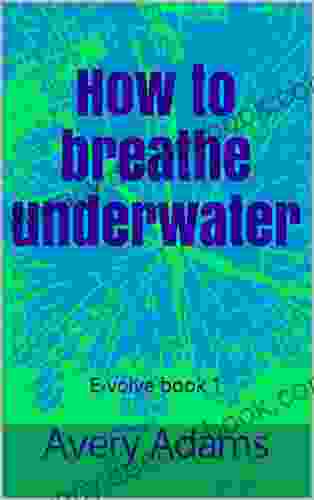
 Al Foster
Al FosterHow To Breathe Underwater: Unlocking the Secrets of...
: Embracing the...
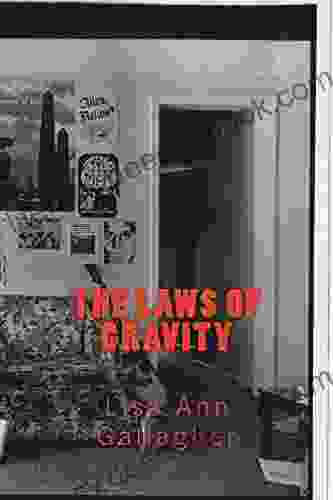
 Ian Mitchell
Ian MitchellThe Laws of Gravity: A Literary Journey into the...
Lisa Ann Gallagher's...
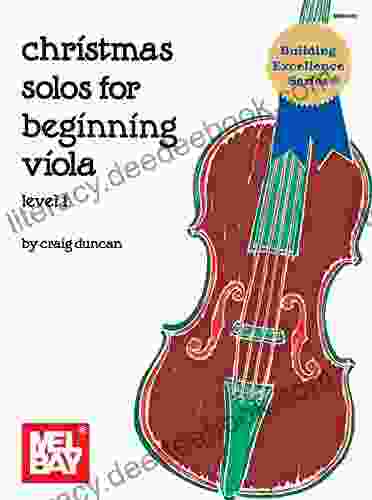
 Francis Turner
Francis TurnerChristmas Solos For Beginning Viola: A Detailed Guide for...
Christmas is a time for...
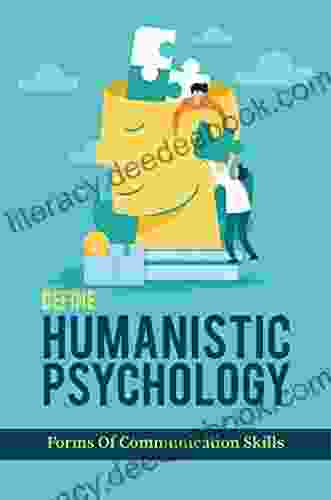
 Jamal Blair
Jamal BlairDefine Humanistic Psychology Forms Of Communication...
Humanistic...
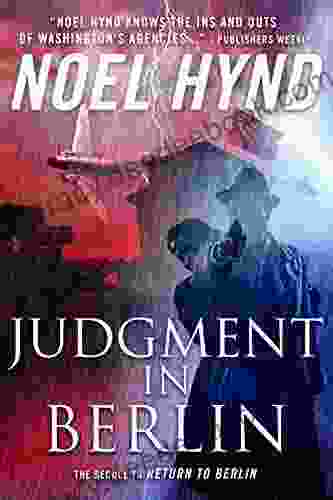
 Morris Carter
Morris CarterJudgment in Berlin: Unraveling the Intrigue of an...
"Judgment in Berlin" is a gripping...
4.4 out of 5
| Language | : | English |
| File size | : | 8256 KB |
| Text-to-Speech | : | Enabled |
| Screen Reader | : | Supported |
| Enhanced typesetting | : | Enabled |
| Word Wise | : | Enabled |
| Print length | : | 325 pages |
| Lending | : | Enabled |



